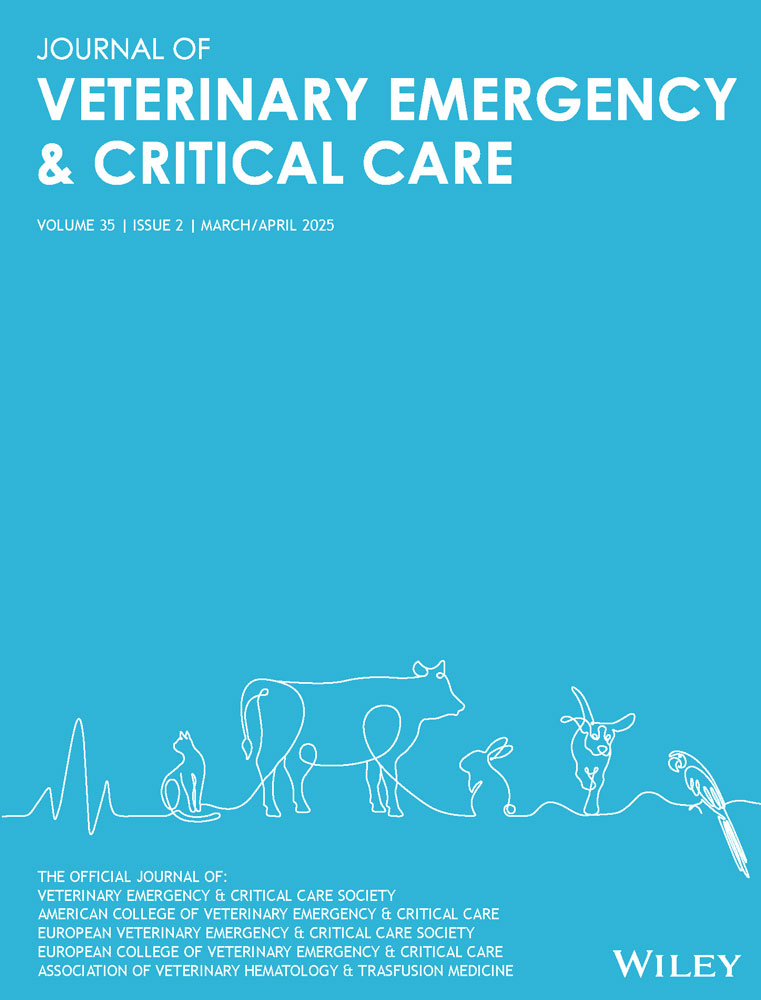Factors That may be Associated With Tracheal Decannulation Failure in Dogs Requiring Temporary Tracheostomy After Upper Airway Surgery for Brachycephalic Obstructive Airway Syndrome
Funding: As this was a retrospective study, no support in the form of grants, equipment, or drugs was required.
The results of this study were presented at the Veterinary Comparative Respiratory Society Symposium in Rhode Island, October, 2023.
ABSTRACT
Objective
To evaluate the variables associated with unsuccessful tracheal decannulation in brachycephalic breeds after upper airway surgery.
Design
Retrospective study from 2010 to 2022.
Setting
University teaching hospital.
Animals
Fifty-one client-owned dogs requiring a temporary tracheostomy after upper airway surgery for brachycephalic obstructive airway syndrome (BOAS).
Procedures
Medical records of dogs receiving a temporary tracheostomy after upper airway surgery for BOAS were reviewed. Dogs that underwent a tracheostomy decannulation attempt were included. Data were extracted from the medical record, including signalment, patient size, type of airway surgery, presence of hypoplastic trachea, presence of laryngeal collapse, prophylactic versus emergency tracheostomy, frequency of cannula suctioning, and time from tracheostomy to decannulation attempt. The association of these factors with successful decannulation and the number of decannulation attempts were evaluated.
Results
Of 699 dogs with BOAS that had upper airway surgery, 54 (7.7%) had a temporary tracheostomy performed. Dogs with an increased frequency of tracheostomy tube suctioning in the 24-h period before the first decannulation attempt were less likely to have a successful decannulation (P = 0.03). Dogs with laryngeal collapse were less likely to have a successful decannulation at first attempt (P = 0.04). The overall probability of successful decannulation was 88.2% at a median of 50 postoperative hours. Forty-five percent of patients had a successful first decannulation.
Conclusions
Results indicated that an increased frequency of tracheostomy tube suctioning or a diagnosis of laryngeal collapse was negatively associated with successful decannulation. The use of alternative methods to reduce respiratory secretions and the development of specific suctioning protocols may be warranted. Patients with laryngeal collapse requiring temporary tracheostomy may have a poorer prognosis. Multiple statistical comparisons were made without correction, so these data should be considered preliminary, and future studies are required to confirm these risk factors.
Conflicts of Interest
The authors declare no conflicts of interest.




